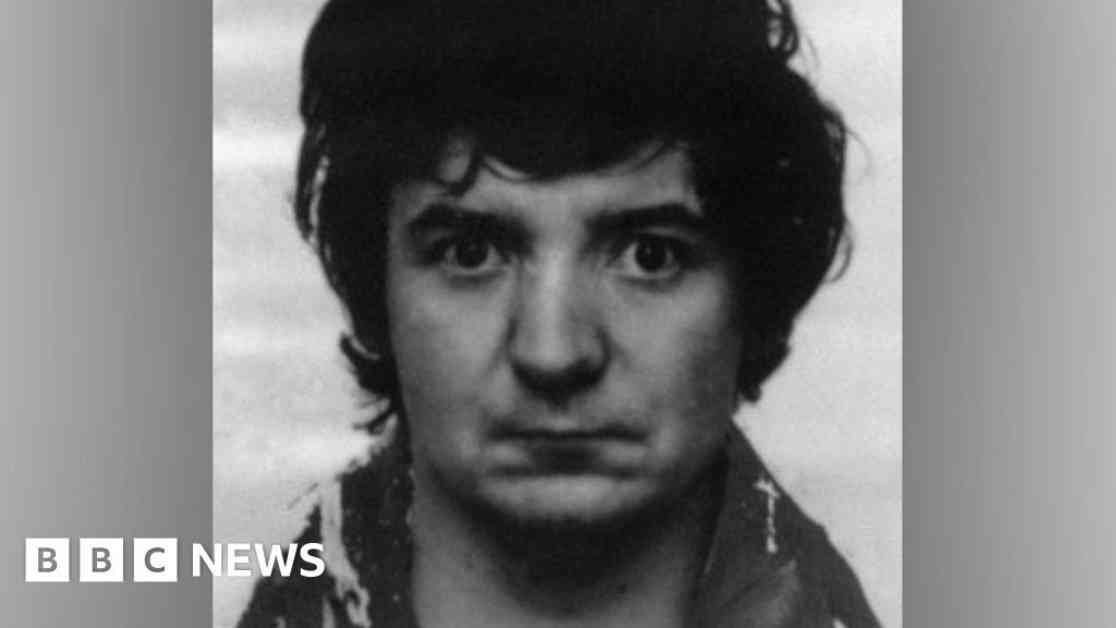Man Jailed for 1986 Murder Acquitted After 38 Years
After almost 38 years behind bars, Peter Sullivan has finally been acquitted of the 1986 murder of 21-year-old barmaid Diane Sindall. The Court of Appeal overturned his conviction following the emergence of new DNA evidence linking to an unknown attacker in semen samples from the crime scene in Birkenhead, Merseyside. This marks a significant milestone in what is believed to be the longest miscarriage of justice involving a living prisoner in British legal history.
Who is Peter Sullivan and Why Was He Jailed?
Peter Sullivan, now 68, was initially convicted for the brutal killing of Diane Sindall, who was tragically subjected to a frenzied sexual attack as she walked home from work. The DNA profile found in semen samples collected from the crime scene pointed to a different perpetrator, leading to the quashing of Sullivan’s conviction. His emotional reaction upon hearing the news of his release highlights the impact of wrongful imprisonment on individuals and their families.
The Long Road to Justice
Sullivan’s case was referred to the Court of Appeal by the Criminal Cases Review Commission (CCRC) after years of legal battles and unsuccessful attempts to prove his innocence. The acknowledgment of the new DNA evidence by the Crown Prosecution Service further solidified the decision to overturn his conviction. The court’s ruling emphasized the importance of upholding justice and ensuring the safety of individuals facing wrongful imprisonment. The re-opening of the investigation into Diane Sindall’s murder reflects the ongoing efforts to seek justice for the victim and identify the true perpetrator.
Challenges and Progress in the Legal System
The technological advancements that allowed for the testing of the preserved semen samples from 1986 played a crucial role in uncovering the truth behind Sullivan’s wrongful conviction. Despite the challenges faced in previous attempts to review his case, the perseverance of Sullivan and his legal team ultimately led to this groundbreaking development. The extensive inquiries and collaboration between law enforcement agencies demonstrate the dedication to seeking justice and holding accountable those responsible for heinous crimes.
In Conclusion
The acquittal of Peter Sullivan after nearly four decades serves as a reminder of the complexities within the legal system and the importance of continuously striving for justice. While the road to exoneration may be long and arduous, cases like this highlight the significance of upholding the principles of fairness and integrity in legal proceedings. As Sullivan begins to rebuild his life outside of prison, the quest for truth and accountability in cases of wrongful convictions continues to shape the landscape of the criminal justice system.













